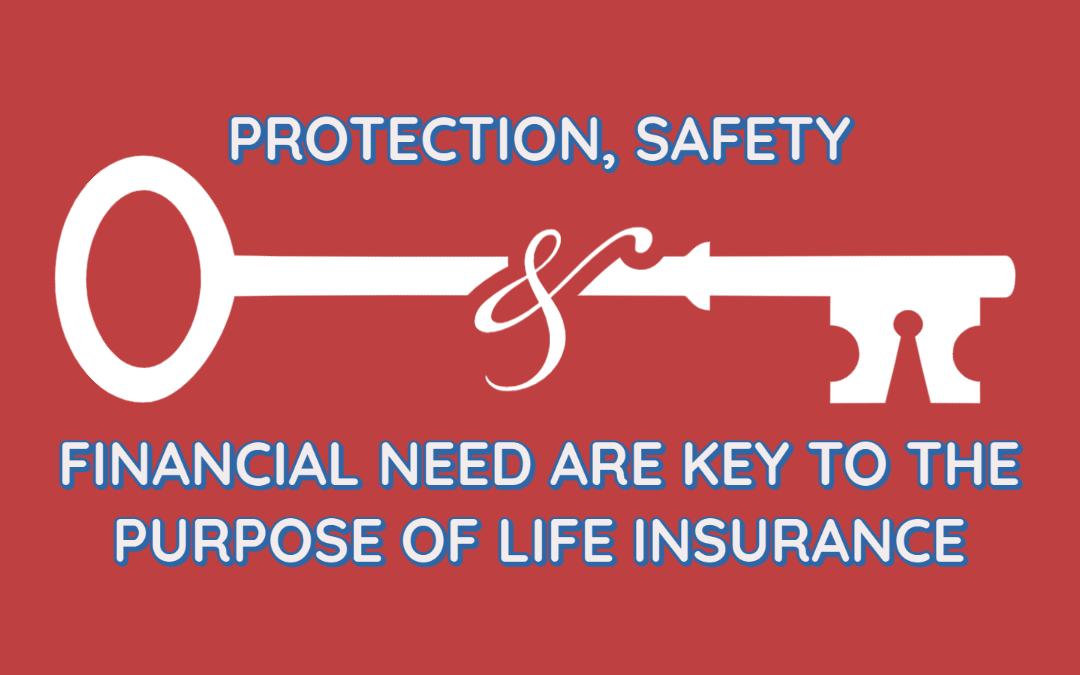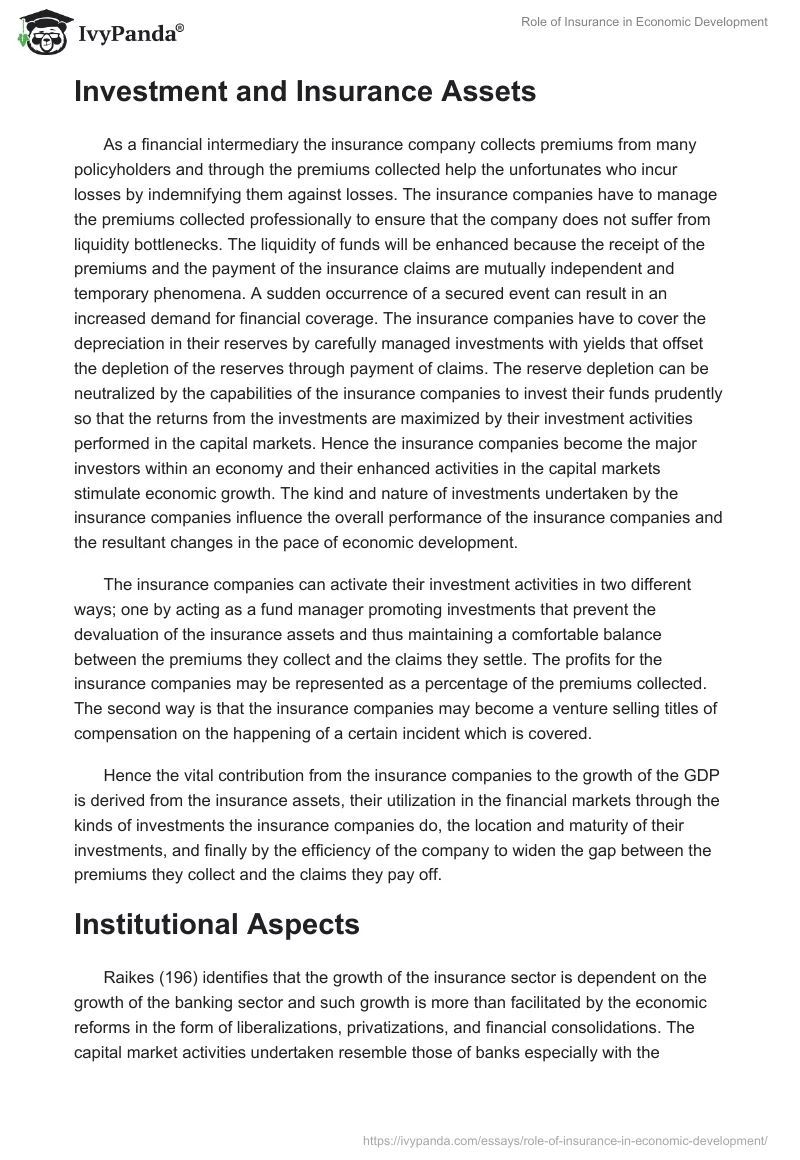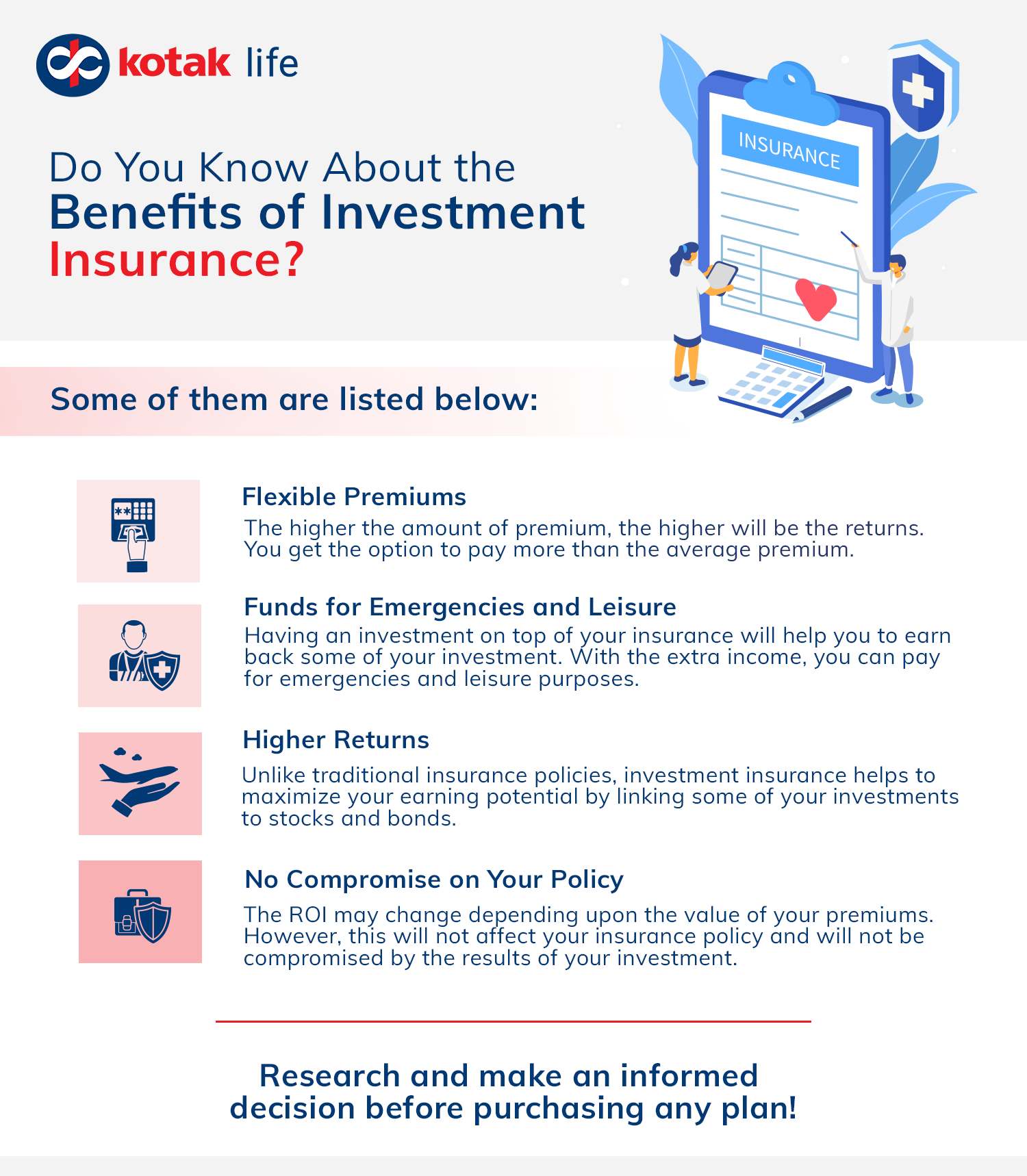Pacific Prime - Questions
Pacific Prime - Questions
Blog Article
The Basic Principles Of Pacific Prime
Table of ContentsNot known Factual Statements About Pacific Prime Some Ideas on Pacific Prime You Need To KnowAn Unbiased View of Pacific PrimePacific Prime Things To Know Before You Buy
In the majority of states, the insurer is required to send you a copy of the changes to your policy. It is essential that you check out Endorsements or Cyclists so you understand how your policy has actually transformed and if the plan is still ample to fulfill your demands. To acquire a copy of your insurance plan, please contact your insurance policy agent or business.
The Institute of Medicine (IOM) Committee on the Effects of Uninsurance launches an extensive exam of proof that addresses the value of medical insurance coverage with the magazine of this report. Coverage Issues is the very first in a series of 6 records that will be provided over the next 2 years documenting the reality and consequences of having actually an estimated 40 million individuals in the USA without health and wellness insurance coverage.

Little Known Questions About Pacific Prime.
The goal of this collection of studies is to refocus plan focus on a longstanding issue. Adhering to the longest financial development in American history, in 1999, an estimated one out of every six Americans32 million adults under the age of 65 and more than 10 million childrenremains uninsured (Mills, 2000).

10 percent of the population represent 70 percent of health treatment expenses, a correlation that has continued to be constant over the past 3 decades (Berk and Monheit, 2001) - expat insurance. Thus wellness insurance policy continues to serve the function of spreading danger also as it significantly finances routine care. From the perspective of healthcare providers, insurance brought by their individuals assists safeguard a revenue stream, and communities gain from economically feasible and steady healthcare practitioners and institutions
Government supplies health and wellness insurance coverage to populaces whom the exclusive market might not offer effectively, such as disabled and elderly persons, and populaces whose accessibility to health care is socially valued, such as children and expectant women. The best ends of health insurance policy protection for the private and neighborhoods, including workplace communities of staff members and companies, are enhanced health outcomes and top quality of life.
Pacific Prime Fundamentals Explained
Employees place health and wellness insurance coverage first by much in importance amongst all the benefits used in the workplace (Salisbury, 2001). There have actually been substantial investments of individual and public funds to supply wellness insurance coverage, lots of individuals still have no insurance coverage. Despite considerable reporting of study searchings for and healthcare study results, the general public stays overwhelmed and mistaken about Americans without health and wellness insurance policy and the implications of lacking insurance coverage.

Without doubt, the complexity of American health and wellness treatment financing mechanisms and the riches of resources of details add to the general public's complication and uncertainty concerning medical insurance data and their interpretation. This record and those that will certainly follow objective to boil down and offer in conveniently understandable terms the extensive research that births on inquiries of medical insurance coverage and its significance.
Fifty-seven percent of Americans surveyed in 1999 believed that those without health and wellness insurance policy are "able to obtain the treatment they require from medical professionals and health centers" (Blendon et al., 1999, p. 207). In 1993, when nationwide focus was concentrated on the troubles of the uninsured and on pending wellness care regulations, simply 43 percent of those polled held this belief (Blendon et al., 1999).

They additionally obtain fewer precautionary services and are less most likely to have normal look after chronic problems such as high blood pressure and diabetes mellitus. Chronic illness can bring about pricey and disabling difficulties if they are not well handled (Lurie et al., 1984; Lurie et al., 1986; Ayanian et al., 2000). One national study asked even more than 3,400 adults about 15 very severe or dark conditions.
The 10-Minute Rule for Pacific Prime
Additional proof is presented later on in this chapter in the discussion of insurance and accessibility to healthcare. https://issuu.com/pacificpr1me. People without medical insurance are young and healthy and choose to do without coverage. Virtually half (43 percent) of those evaluated in 2000 thought that people without medical insurance are extra likely to have wellness issues than individuals with insurance coverage
Citizens and policy manufacturers in focus team discussions identify those without insurance coverage as young individuals who have the possibility to be covered and feel they do not require it (Concierge Novelli, 2001). Contrasted to those with a minimum of some exclusive protection, the without insurance are less most likely to report being in exceptional or excellent wellness (Agency for Medical Care Research and High Quality, 2001).
RESOURCE: Center for Expense and Funding Studies, Firm for Medical Care Research and Top quality, based upon MEPS data. Young person between 19 and 34 are much more likely to do not have medical insurance than any other age. This is primarily because they are less commonly qualified for employment-based insurance due to the nature of their task or their short tenure in it.
The assumption that individuals without insurance have better-than-average health and wellness complies with from perplexing the reasonably young Recommended Reading age account of the without insurance with the better health, usually, of younger persons. This obscures the link between health status and medical insurance. For those without access to office medical insurance, poor health is a potential barrier to purchasing nongroup coverage because such coverage may be extremely valued, leave out preexisting conditions, or be merely inaccessible.
Report this page